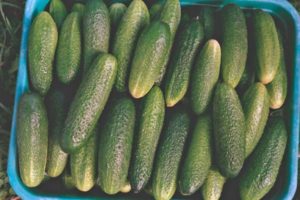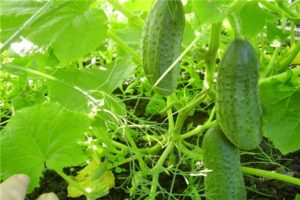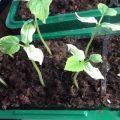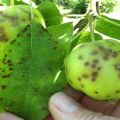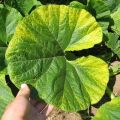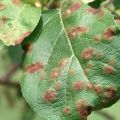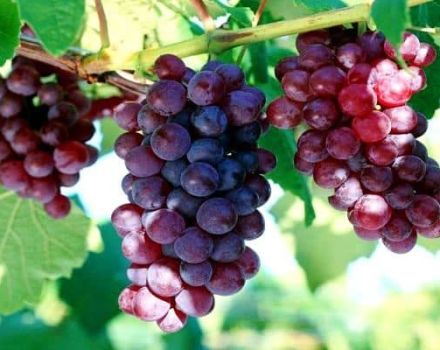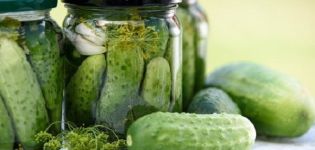Symptoms and treatment of angular spotting of cucumber leaves or bacteriosis
Cultivation of a crop is not complete without treatment against diseases. Cucumber bacteriosis is common in any growing method. Summer residents recommend correctly carrying out preventive treatment in order to avoid loss of yield. There will be no difficulties with this, even for a beginner.
Favorable conditions for the development of the disease
High air humidity is a harbinger of the intensive spread of bacteriosis. Also, high temperature affects its active development.
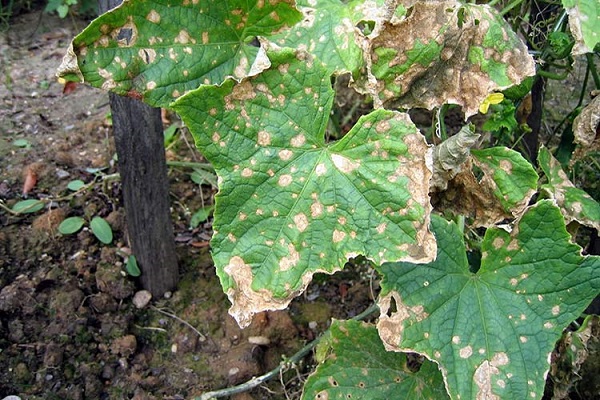
The carrier is seed, plant debris, wind and rain. Insect pests and the person who pruns can also transfer pathogens. All instruments must be disinfected. The rain washes bacteria from a diseased leaf to a healthy one. The wind carries the dry remains of the cucumber tops, thereby spreading the bacteria further.
The oversaturation of the soil with nitrates will entail the development of bacteriosis of cucumbers. Since bacteria feed on nitrite. The disease also develops with thickened plantings.
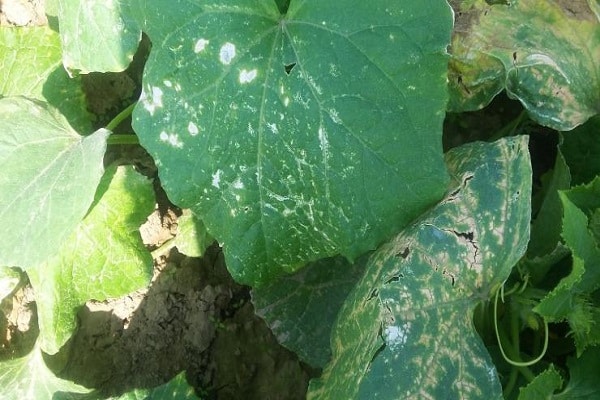
The virus penetrates through open wounds and stomata, injured roots. When ingested, it settles in the seeds. The favorable temperature for the vital activity of bacteria is + 25-27 ⁰С, and the humidity is 80-85%.
Symptoms by which the disease is recognized
To find out that cucumbers are affected by this disease is simple, just carefully examine the appearance of the plants. The spread of the disease begins with cotyledon leaves, they are covered with angular spots. The first days they are yellow, then they turn brown.
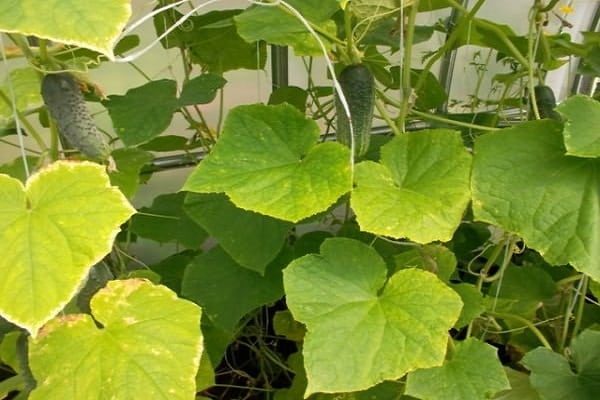
If there is high humidity, then mucus begins to flow from the back of the leaves. As soon as it gets drier, stains dry, turn white and crumble. Holes are formed in their place. Over time, only the veins of the leaf remain, everything else dies and crumbles.
With a more severe lesion, the effect of bacteria on 70-90% of the total green mass is observed. Cucumber fruits are also susceptible to the virus, they become deformed and lose their taste.
The plant then slows down and begins shedding its leaves. Fruiting stops. If you delay with the treatment, the shoots will die.
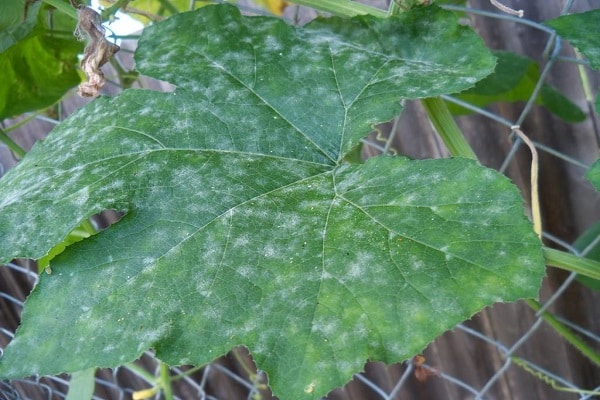
The consequences of plant damage
The disease is angular spotting of cucumber leaves - bacteriosis, can cause enormous damage to plantings. With a slight injury, the plant gives 50% less yield than a healthy bush. If the situation is difficult, the whips begin to die, and then the whole plant.
If the development of the disease is not stopped in time, the summer resident risks losing most of the bushes, and significantly reducing the yield of the remaining plants.
The plant is affected by the disease at any stage of the growing season.
Not only the volume of plant yield decreases, but also the presentation and shelf life of the vegetable deteriorates.
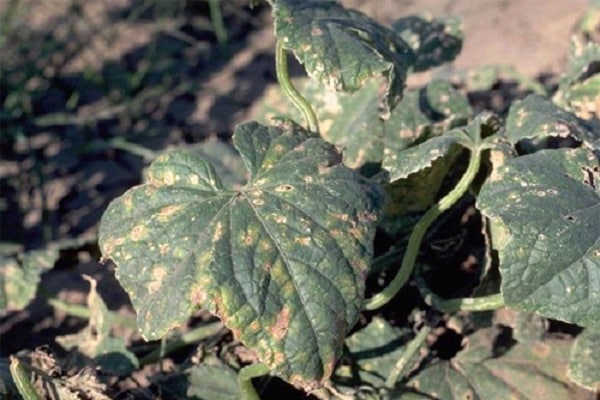
Prevention against infection
Treatment of the disease is a complex process, it is easier to carry out preventive work. This will save the harvest, time, strength and nerves of the summer resident. Prevention:
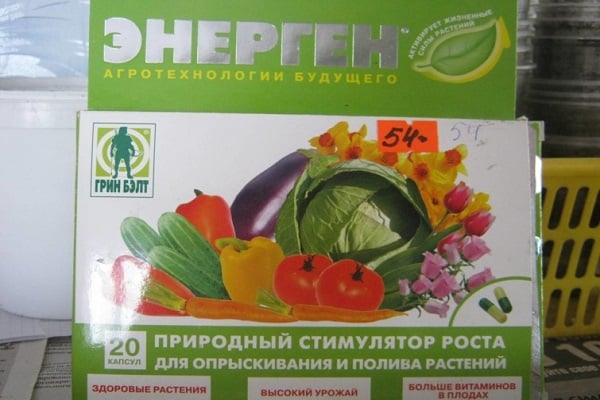
- Choosing a place for landing. The site should be located on a hill and sunny side. Being in the sun, the bacteria dies within an hour. Shaded beds, not warmed by the sun's rays, are a favorable breeding ground for bacteria. It is better to avoid drafts and heavily blown places.
- The location of the bushes. Vertical fastening of the plant's lashes is recommended. Oxygen access is provided, the lashes are less in contact with the ground.
- Hilling and loosening. Oxygen access to the roots.
- Watering. I only use warm water.
- Top dressing. A healthy plant resists disease more easily. Enough 2-3 dressings with the following composition: 20 g of superphosphate, 7 g of urea, 20 g of potassium salt, 2 g of manganese, 4 g of copper sulfate.
- Treatment. They use folk methods to combat bacteriosis. The chemicals are deposited in the cucumbers. Hom preparation: 40 g per 10 liters of water, sprayed with bushes. Another preparation Energen: 5 ml per 10 liters of water.
- Growing in greenhouses. The good thing about a greenhouse is that the humidity level in it is regulated. In addition, it is difficult for an insect carrier of the disease to enter an enclosed space. The temperature inside is stable for 24 hours.
- Selection of seed material resistant to diseases. Breeders are striving to develop a variety that will be immune to disease. At this time, these are hybrids: Masha, Lesha, Murashka, Octopus. Varieties Competitor, Nezhensky 12, Dalnevostochny 6, 12, Delicatessen.
- When self-collecting plant seeds, only healthy cucumbers are selected.
- Removal of plant residues. After harvesting, all plants are recommended to be burned or taken out of the site, bacteria in the ground die.
- Disinfection of the greenhouse. Treatment of walls, beams, supporting structures with special solutions.
- Seed dressing. Before planting, it is recommended to treat the planting material with Fitolovin 300, TMTD preparations.
- Autumn digging. In winter, the soil is plowed deeply, the remaining bacteria die.
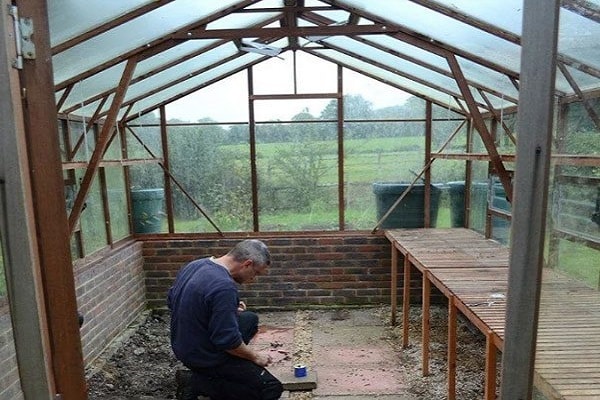
How to deal with the spread of the disease?
Each summer resident has his own methods of struggle. Chemicals work best, but they are unhealthy. They are used before flowering and ovary formation in plants. Often, folk methods of treating the disease are used, which each vegetable grower chooses as the impact is effective:
- Growing in a greenhouse, summer residents raise the temperature, and the room is ventilated, reducing the air humidity.
- Spraying with a 0.5-0.7% solution of Bordeaux liquid or copper oxychloride.
- All severely diseased plants, leaves and whips are destroyed.
- The complex uses fungicides and insecticides. For example: Aclectic and Bayleton or Aclectic and Pharmayod-3.
- Decoction of onions. Husk 0.7 l in a jar, pour 10 l of water, boil for 1 minute. Insist 12-15 hours. Then strain and let stand. Then spray the plants with a solution of 4 liters of water per 1 liter of the resulting infusion. It is also recommended to water the soil.
- Chemicals that summer residents use strictly according to the instructions: Kuproksad, Abiga-Peak, Fitolavin.
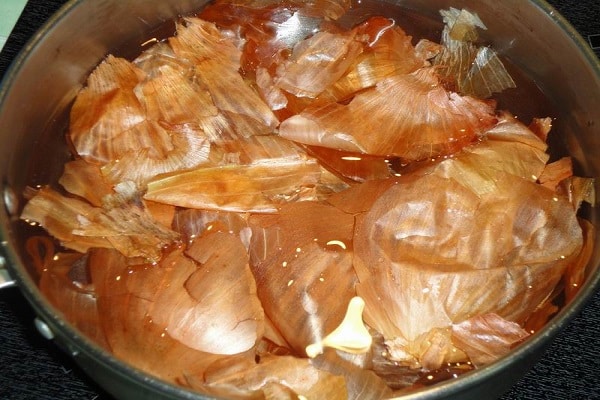
The opinion of vegetable growers agree on one thing, it is better to carry out preventive treatments in a timely manner than to treat cucumbers for bacteriosis. The consequences of the disease can be very serious, loss of 80% of the crop. In addition, bacteria remain in plant debris, winter well and the next season will begin to progress with renewed vigor.
Site preparation in the fall, timely fertilization, weed removal and loosening and watering, these are the main agricultural techniques that will save from the spread of the disease.

